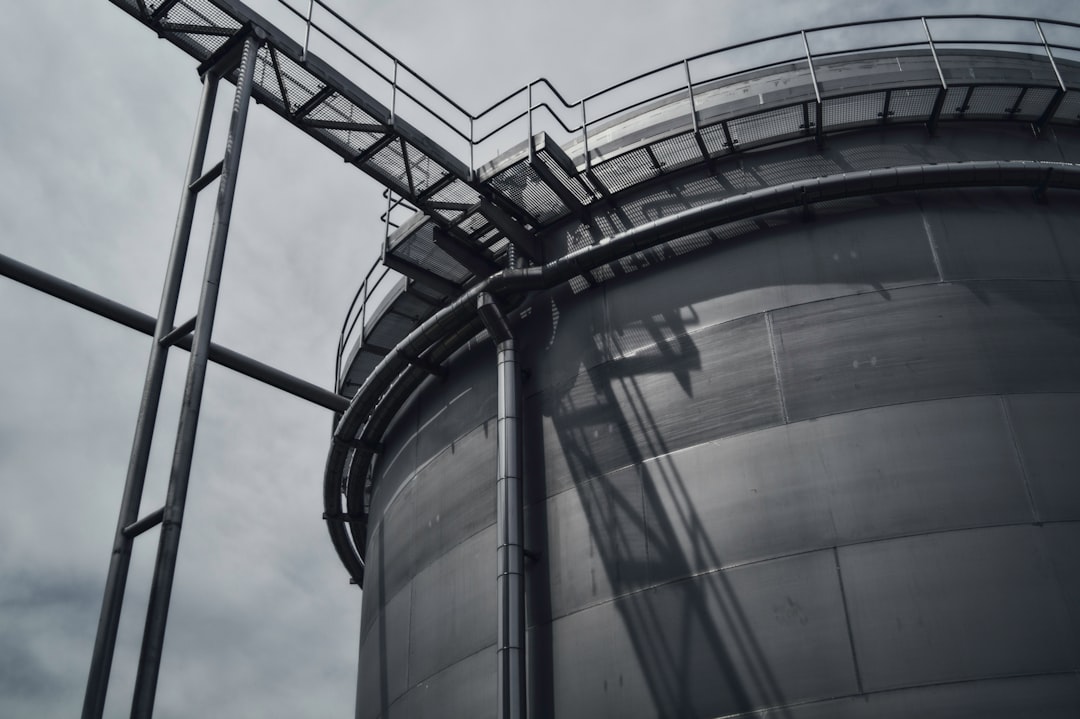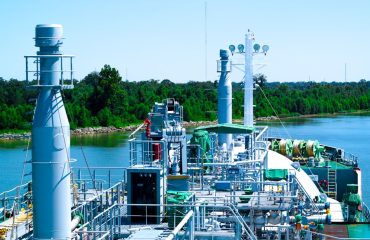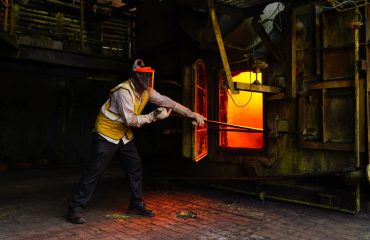The petroleum industry relies heavily on efficient and safe pipeline systems for transporting crude oil, natural gas, and refined products. The heart of these systems lies in the pipes themselves, and understanding their specifications is crucial for ensuring operational safety, longevity, and economic viability. This comprehensive guide delves into the critical aspects of pipe specifications within the petroleum industry.
1. Pipe Materials: The Foundation of Strength and Durability
The choice of pipe material is paramount, dictated by factors such as the transported fluid, operating pressure, temperature, and environmental conditions. Common materials include:
- Carbon Steel (API 5L): The most widely used material due to its strength, weldability, and cost-effectiveness. API 5L is a crucial standard defining the specifications for line pipe used in oil and gas pipelines. Different grades within API 5L (e.g., X42, X52, X65, X70) indicate increasing yield strength, impacting pressure capabilities.
- Stainless Steel: Used in applications requiring high corrosion resistance, often in sour gas service (containing hydrogen sulfide) or environments with high salinity. Different grades of stainless steel offer varying levels of corrosion resistance and strength.
- High-Strength Low-Alloy (HSLA) Steel: Offers a balance between strength and weldability, often preferred for long-distance pipelines where weight reduction is beneficial.
- Polyethylene (PE): Used extensively for smaller diameter pipelines and distribution networks, particularly for natural gas. PE pipes are lightweight, flexible, and resistant to corrosion.
- Fiber Reinforced Polymers (FRP): These composite pipes are gaining popularity due to their lightweight nature, corrosion resistance, and high strength-to-weight ratio. They are often used in corrosive environments or where weight is a critical factor.
2. API 5L and Other Relevant Standards: Ensuring Quality and Compliance
Standardization is essential in the petroleum industry to ensure consistent quality and safety. API 5L (American Petroleum Institute Standard 5L) is the most widely recognized standard for line pipe used in oil and gas pipelines. It specifies the material requirements, manufacturing processes, testing procedures, and dimensional tolerances for various pipe grades. Other relevant standards include:
- ASTM Standards: The American Society for Testing and Materials (ASTM) provides numerous standards related to pipe materials, testing, and properties. These standards complement API 5L and offer additional specifications for different aspects of pipe manufacturing and performance.
- ISO Standards: International Organization for Standardization (ISO) standards provide international guidelines for pipe specifications, ensuring global consistency and compatibility.
- National Standards: Many countries have their own national standards that may supplement or modify the international standards to address specific local conditions or regulations.
3. Pressure Ratings and Design Considerations: Balancing Safety and Efficiency
Pipe pressure ratings are critical for ensuring safe operation. These ratings, often expressed in pounds per square inch (PSI) or megapascals (MPa), represent the maximum allowable operating pressure for a given pipe size and material grade. Design considerations include:
- Operating Pressure: The actual pressure at which the pipeline will operate. This must always be below the maximum allowable operating pressure.
- Safety Factor: A factor applied to the design pressure to account for uncertainties and potential variations in operating conditions.
- Fluid Properties: The properties of the transported fluid (density, viscosity, temperature) influence the design pressure and pipe wall thickness.
- Environmental Factors: External factors such as soil conditions, temperature fluctuations, and seismic activity must be considered during pipeline design.
- Pipe Wall Thickness: Determined based on the design pressure, material properties, and safety factors. Thicker walls provide higher pressure resistance.
4. Pipe Fittings and Connections: Securing the Integrity of the System
Pipe fittings and connections are critical for ensuring the overall integrity and leak-tightness of the pipeline system. Common fittings include:
- Elbows: Used to change the direction of the pipeline.
- Tees: Used to create branches in the pipeline.
- Reducers: Used to change the diameter of the pipeline.
- Flanges: Used to connect pipe sections and equipment.
- Valves: Used to control the flow of fluids in the pipeline.
The choice of connection method depends on factors such as pressure, temperature, and the type of pipe being used. Common connection methods include welding, threading, and flanging. Each method has its own advantages and disadvantages, and the selection is based on a risk assessment that considers the consequences of failure.
5. Corrosion Protection and Pipeline Integrity Management: Ensuring Long-Term Performance
Corrosion is a significant concern in the petroleum industry, leading to pipeline failures and environmental damage. Various corrosion protection methods are employed, including:
- Coating: Applying protective coatings to the external surface of the pipe to prevent corrosion.
- Cathodic Protection: Using electrical currents to protect the pipe from corrosion.
- Internal Corrosion Inhibitors: Adding chemicals to the transported fluid to inhibit corrosion.
Pipeline integrity management (PIM) programs are crucial for ensuring the long-term safety and reliability of pipeline systems. These programs involve regular inspection, monitoring, and maintenance to detect and mitigate potential risks.
Understanding the intricacies of pipe specifications is paramount for anyone involved in the petroleum industry. By carefully considering material selection, adhering to relevant standards, and implementing robust integrity management programs, the industry can ensure safe, efficient, and environmentally responsible operation of its pipeline infrastructure.




